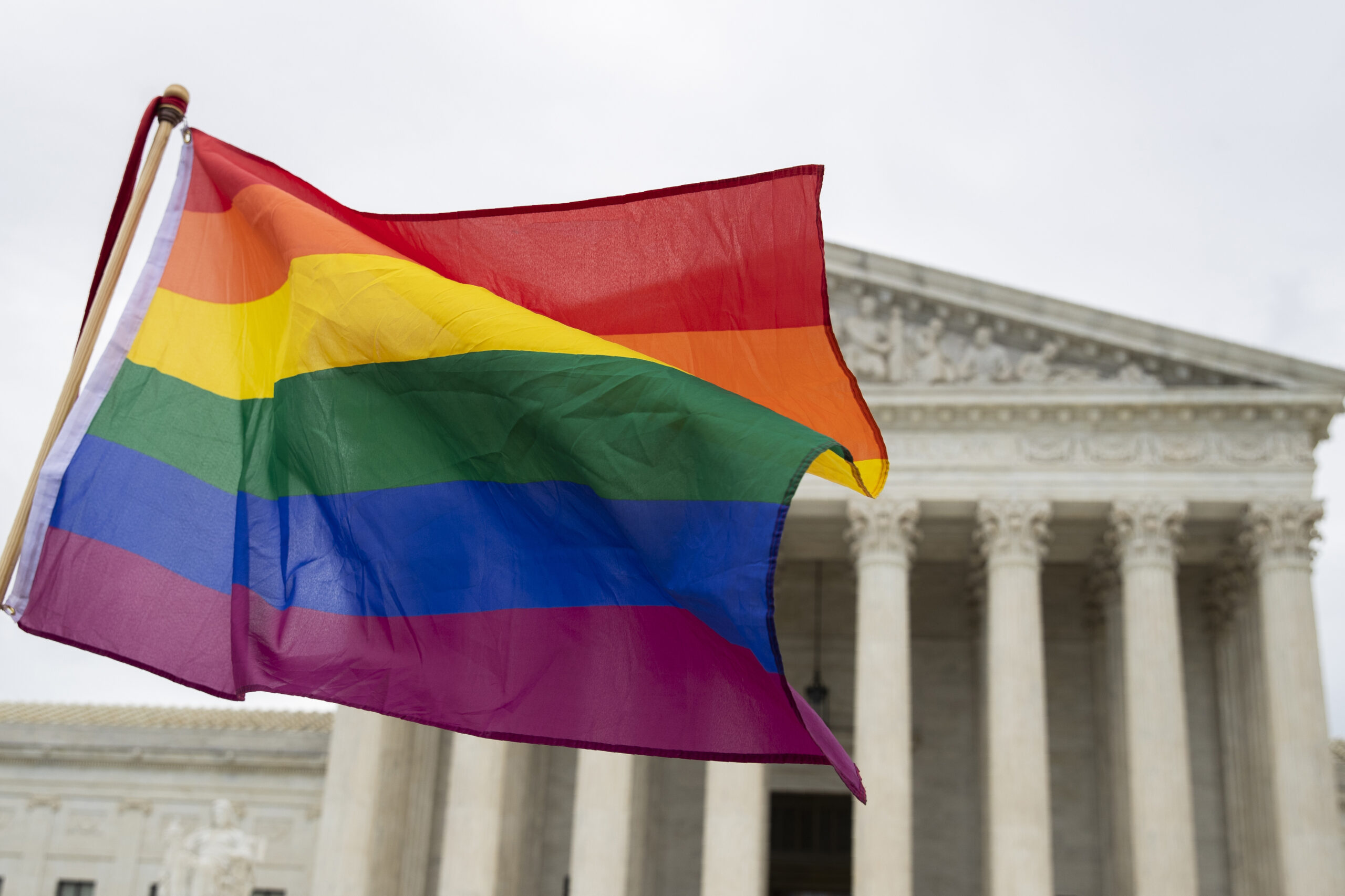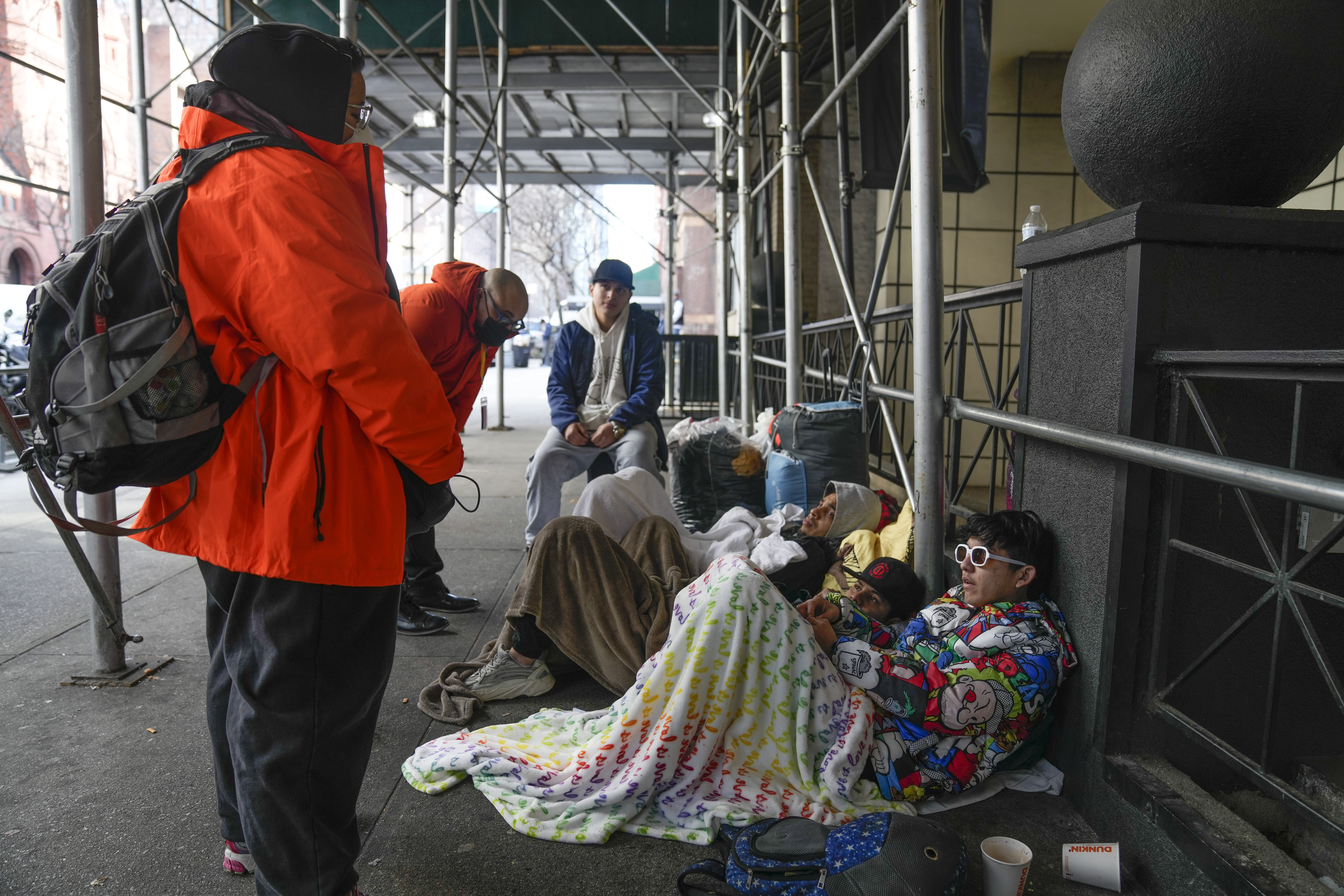The conservatives notched a win Friday when the Supreme Court ruled in a 6-3 vote that businesses wouldn’t have to accommodate gay couples, should the owner not find their lifestyle acceptable.
Lori Smith is an evangelical Christian website designer who brought the case to the Supreme Court. She demanded she not be forced to design a website for a gay couple, and she won.
Writing the affirming opinion, Justice Neil Gorsuch said, “The opportunity to think for ourselves and to express those thoughts freely is among our most cherished liberties and part of what keeps our Republic strong. Of course, abiding the Constitution’s commitment to the freedom of speech means all of us will encounter ideas we consider ‘unattractive,’ ‘misguided, or even hurtful.’ But tolerance, not coercion, is our Nation’s answer.”
But Smith had a bit of an unfair advantage. The couple demanding that she design them a website? They don’t exist. In fact, according the New Republic, Smith most likely created the website herself. As a bit of a political activist, she wanted to be that single catalyst for change. So she created a situation that never existed in the first place, while claiming she was forced to make it by existing laws.
The New Republic called one of the men listed on the website. He had no idea he was the center of a massive Supreme Court case. His contact information was clearly visible on the website presented to the Supreme Court, in which the public had access to.
The man, Stewart, said this was the first time he was hearing about his role in the case and that it came as a total surprise. Clearly, Stewart never demanded Smith make a website for him. On the record, Stewart was adamant. “If somebody’s pulled my information, as some kind of supporting information or documentation, somebody’s falsified that.”
Whoops.
He said he never wanted anyone to make a wedding website for him, making it likely he had no contact with Smith whatsoever. Did she just pull a random gay couple via Google or Facebook and put down their info? Entirely possible, and actually quite likely.
“I wouldn’t want anybody to … make me a wedding website? I’m married, I have a child—I’m not really sure where that came from? But somebody’s using false information in a Supreme Court filing document,” Stewart confirmed.
And, interestingly enough, the “request” from Stewart for the website was “emailed” to Smith the day she originally filed her case.
The defense in the case wasn’t Stewart. When the legal request was filed in Colorado court, Aubrey Elenis (whose name is in the title of the 303 Creative Vs. Elenis case) glommed on to act as the defense. She’s the head of the Colorado Civil Rights Division.
She saw something fishy and tried to get the case dismissed. If there was no actual website request, then Smith suffered no emotional, reputational or financial damages because of it. She swore under oath that the inquiry was real.
The Alliance Defending Freedom, who helped prop up Smith, dug in their heels. “Even though she is not currently in the wedding industry, Lorie received an email inquiry on September 21, 2016.” Smith herself said that she “received a request through the ‘contact’ webpage on my website from a person named, ‘Stewart,’ to create graphic designs for invitations and other materials for a same-sex wedding (‘same-sex wedding request’).”
With that, the case rolled along, and Smith got to be a hero for the evangelicals. But it is a novelty. In Loving V. Virginia, in which the Supreme Court legalized different-race marriage, the Lovings were an actual couple. They were fighting for something bigger then themselves, but it was their actual story that served as the centerpiece.
So what if that person in the center is entirely fictional? Legality rules are murky on it and not exactly spelled out. But expect this case to be cited as part of the Supreme Court’s decline in stature. First, Justices Thomas and Alito were found taking favors they were legally barred from taking. Now, the Court’s due diligence and competence are in question. You might as well call this a crumbling institution.


















Add comment